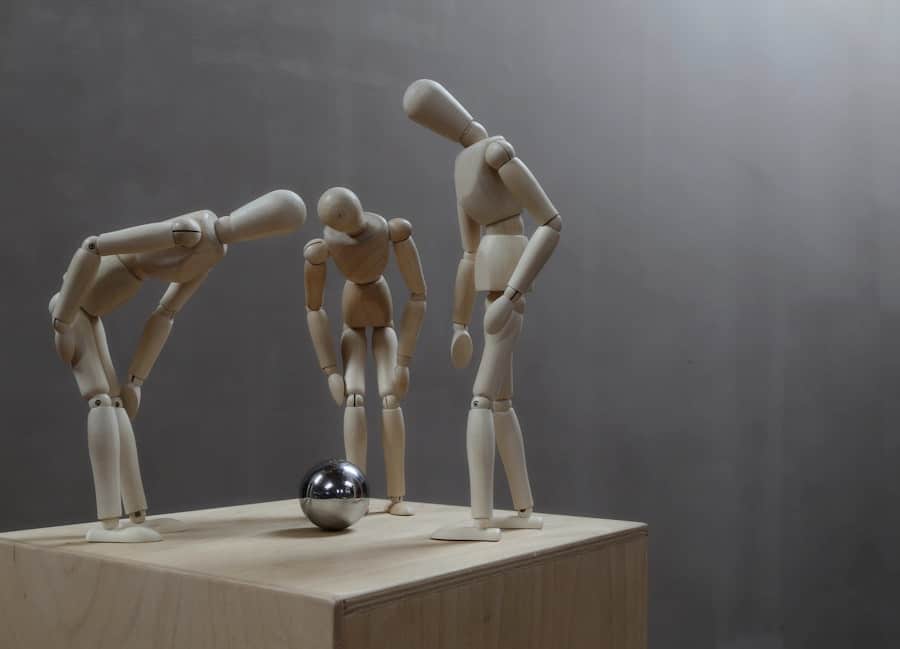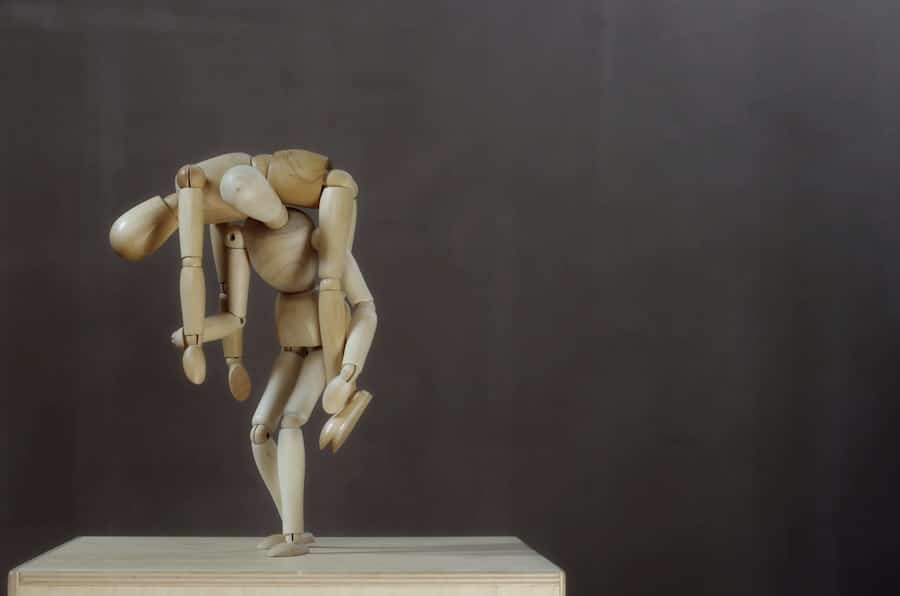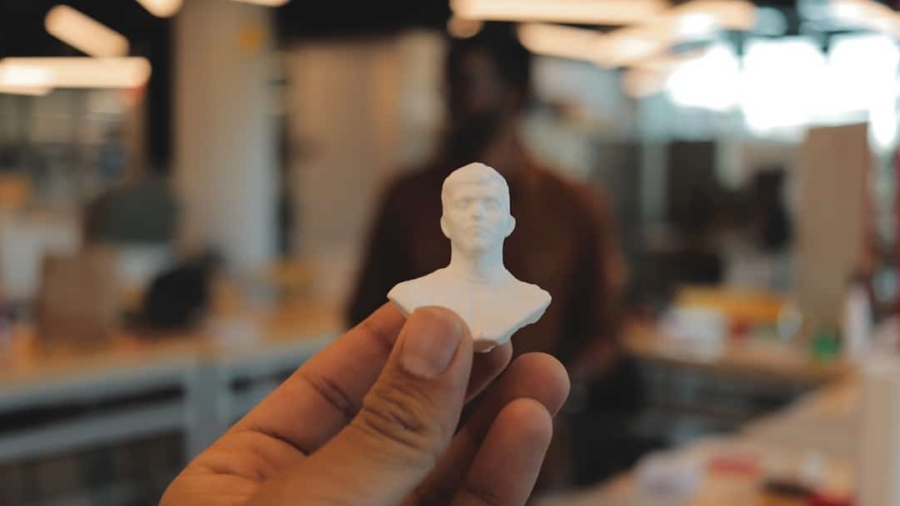The advent of 3D printing technology has revolutionized various industries, and the collectibles market is no exception. Over the past decade, the ability to create intricate, customized items on demand has led to a surge in interest among collectors and hobbyists alike. This technology allows individuals to produce unique pieces that reflect their personal tastes and preferences, breaking away from the limitations of mass-produced items.
As a result, 3D-printed collectibles have gained traction, appealing to a diverse audience ranging from gamers to art enthusiasts. The democratization of production has empowered creators to bring their visions to life, fostering a vibrant community centered around innovation and creativity. Moreover, the rise of online platforms and marketplaces has facilitated the distribution of 3D-printed collectibles.
Websites like Thingiverse and MyMiniFactory have become hubs for designers to share their creations, while services such as Shapeways and Sculpteo enable users to upload their designs and have them printed and shipped directly to customers. This accessibility has not only expanded the variety of collectibles available but has also encouraged collaboration among designers, leading to an explosion of creativity in the field. As more people become aware of the possibilities offered by 3D printing, the market for these collectibles continues to grow, attracting both seasoned collectors and newcomers eager to explore this innovative medium.
Key Takeaways
- 3D-printed collectibles are on the rise, offering unique and customizable options for consumers.
- Game assets are being transformed by 3D printing technology, allowing gamers to bring their favorite characters and items into the physical world.
- Customization and personalization are key features of 3D-printed collectibles, allowing consumers to create one-of-a-kind items.
- The impact of 3D-printed collectibles on the gaming industry is significant, with new opportunities for merchandise and fan engagement.
- Sustainability and ethical considerations are important factors in 3D printing, as the industry grapples with material usage and environmental impact.
Game Assets and 3D Printing Technology
Enhancing the Gaming Experience
For instance, tabletop games like Dungeons & Dragons have embraced 3D printing by enabling players to create custom miniatures that represent their characters or monsters, adding a personal touch to their gameplay.
Streamlining Game Development
The integration of 3D printing into game development processes has streamlined prototyping and iteration. Developers can quickly produce physical models of in-game assets, allowing for more effective testing and feedback during the design phase.
Improving Game Quality
This capability not only accelerates the development timeline but also fosters a more collaborative environment where designers can visualize their ideas in three dimensions. As a result, the quality of game assets has improved significantly, leading to more immersive and engaging gaming experiences.
Customization and Personalization in 3D-Printed Collectibles

One of the most compelling aspects of 3D-printed collectibles is the level of customization they offer. Unlike traditional collectibles that are often produced in limited runs or fixed designs, 3D printing allows collectors to tailor items to their specific preferences. This can range from altering the size and color of a collectible to incorporating unique features that reflect an individual’s personality or interests.
For example, a fan of a particular video game might choose to modify a character’s pose or outfit when ordering a 3D-printed figure, resulting in a one-of-a-kind piece that stands out in their collection. The personalization aspect extends beyond mere aesthetics; it also fosters a sense of ownership and connection between collectors and their items. When individuals invest time and effort into customizing their collectibles, they develop a deeper appreciation for the final product.
This emotional investment can lead to increased loyalty to brands or franchises, as collectors feel more engaged with the content they love. Furthermore, as technology continues to advance, we can expect even more sophisticated customization options, such as integrating augmented reality features or interactive elements into 3D-printed collectibles.
The Impact of 3D-Printed Collectibles on the Gaming Industry
The emergence of 3D-printed collectibles has had a profound impact on the gaming industry, reshaping how developers approach merchandise and fan engagement. Traditionally, game-related merchandise was limited to mass-produced items that often lacked uniqueness or personal connection for fans. However, with the rise of 3D printing, developers are now able to offer bespoke products that resonate more deeply with their audience.
This shift not only enhances fan loyalty but also creates new revenue streams for game developers who can capitalize on the growing demand for personalized merchandise. Moreover, the ability to create limited edition or exclusive 3D-printed collectibles has introduced an element of scarcity that appeals to collectors. Game developers can release special items tied to specific events or milestones within a game, encouraging players to engage with the content on a deeper level.
For instance, a game might celebrate its anniversary by offering a limited run of 3D-printed figures representing key characters or moments from its history. This strategy not only drives sales but also fosters a sense of community among fans who share a passion for collecting these unique items.
Sustainability and Ethical Considerations in 3D Printing
As with any emerging technology, sustainability and ethical considerations play a crucial role in the discourse surrounding 3D printing. While the ability to produce items on demand can reduce waste associated with mass production, it is essential to consider the environmental impact of the materials used in 3D printing processes. Many common printing materials, such as plastics, can contribute to pollution and waste if not managed responsibly.
Therefore, it is vital for both consumers and manufacturers to prioritize sustainable practices when engaging with 3D printing technology. In response to these concerns, some companies are exploring eco-friendly alternatives for 3D printing materials. Biodegradable filaments made from renewable resources are gaining popularity among environmentally conscious consumers.
Additionally, initiatives aimed at recycling used materials into new filaments are emerging as viable solutions for reducing waste in the industry. By adopting these sustainable practices, both creators and collectors can contribute to a more responsible approach to 3D printing while still enjoying the benefits of customization and innovation.
The Role of Augmented Reality in 3D-Printed Collectibles

Enhancing Collectibles with Interactive Layers
By incorporating AR technology into collectibles, creators can provide additional layers of interactivity that elevate the value of their products. For instance, a collector might scan a 3D-printed figure with an AR app on their smartphone, revealing animations or additional content related to the character or game it represents.
A New Era of Engagement and Marketing
This fusion of physical and digital experiences not only captivates collectors but also encourages them to engage with their items in new ways. Furthermore, AR can serve as a powerful marketing tool for creators and brands looking to promote their 3D-printed collectibles. By offering interactive experiences that showcase the features and details of their products, companies can attract potential buyers and generate excitement around new releases.
Pioneering the Future of Collectibles
For example, an upcoming game might launch an AR campaign that allows fans to preview exclusive 3D-printed collectibles before they hit the market. This innovative approach not only enhances consumer engagement but also positions brands at the forefront of technological advancements in the collectibles space.
Legal and Copyright Issues in 3D-Printed Collectibles
As the popularity of 3D-printed collectibles continues to rise, so too do concerns regarding legal and copyright issues within this burgeoning market. The ease with which individuals can create replicas or modifications of existing designs raises questions about intellectual property rights and ownership. For instance, if a designer creates a 3D-printed collectible based on a popular video game character without permission from the copyright holder, they may inadvertently infringe on intellectual property laws.
To navigate these complexities, many creators are turning to licensing agreements that allow them to produce officially sanctioned merchandise while respecting copyright laws. Game developers and franchises are increasingly recognizing the potential for collaboration with independent designers, leading to partnerships that benefit both parties.
By establishing clear terms for usage rights and revenue sharing, creators can produce unique collectibles while ensuring that they remain compliant with legal standards.
The Future of 3D-Printed Collectibles and Consumer Behavior
Looking ahead, the future of 3D-printed collectibles appears promising as consumer behavior continues to evolve alongside technological advancements. As more individuals become familiar with 3D printing capabilities, we can expect an increase in demand for personalized items that reflect individual tastes and preferences. This shift will likely drive innovation within the industry as creators seek new ways to enhance customization options while maintaining quality standards.
Additionally, as sustainability becomes an increasingly important consideration for consumers across various markets, we may see a growing emphasis on eco-friendly practices within the realm of 3D printing. Brands that prioritize sustainable materials and ethical production methods will likely resonate more strongly with environmentally conscious consumers. Ultimately, as technology continues to advance and consumer expectations evolve, the landscape of 3D-printed collectibles will undoubtedly transform, paving the way for exciting new possibilities in this dynamic field.
If you are interested in learning more about how to optimize your content for SEO and NLP, check out this article on NeuronWriter SEO NLP Optimization. This can help you enhance your online presence and reach a wider audience with your 3D-printed collectibles from game assets. Additionally, if you are looking for the best software for 3D printing, you may want to read this article on the best software for 3D printing. And if you are a chief executive trying to choose the right smartphone for your needs, this article on how to choose a smartphone for a chief executive may be helpful.
FAQs
What are 3D-printed collectibles from game assets?
3D-printed collectibles from game assets are physical objects created using 3D printing technology, based on digital assets from video games. These can include characters, props, and other elements from the game world.
How are 3D-printed collectibles from game assets created?
These collectibles are created by first obtaining the digital 3D model of the game asset. This model is then used to 3D print the physical object using a 3D printer and appropriate materials.
What is the future of 3D-printed collectibles from game assets?
The future of 3D-printed collectibles from game assets looks promising, with advancements in 3D printing technology and increasing interest in video game merchandise. This trend is likely to continue as more gamers seek physical representations of their favorite in-game characters and items.
What are the benefits of 3D-printed collectibles from game assets?
Some benefits of 3D-printed collectibles from game assets include the ability to own physical representations of digital game content, customization options, and the potential for unique and limited-edition collectibles.
Are there any challenges associated with 3D-printed collectibles from game assets?
Challenges associated with 3D-printed collectibles from game assets may include copyright issues, quality control, and the need for specialized equipment and expertise for 3D printing. Additionally, ensuring the authenticity and originality of the collectibles may be a concern.

